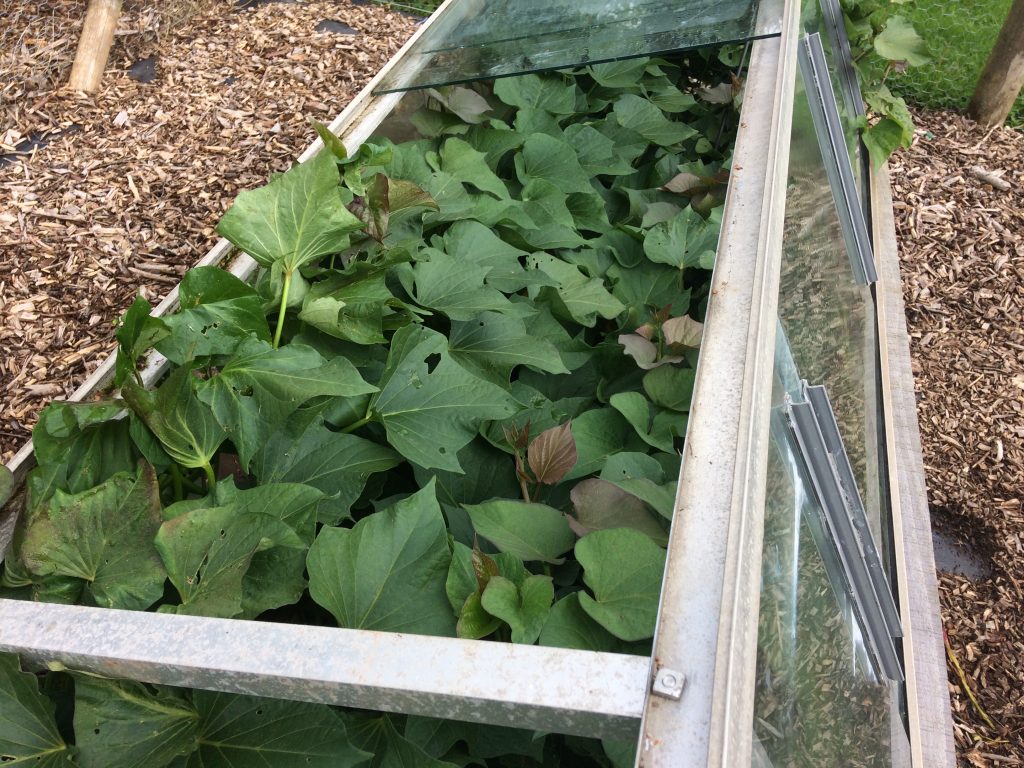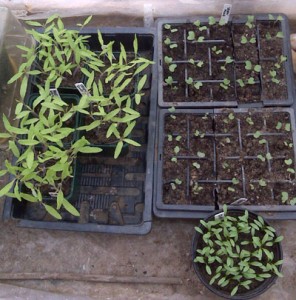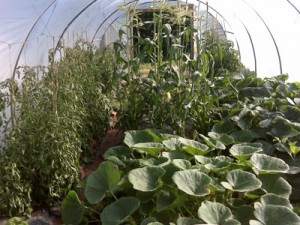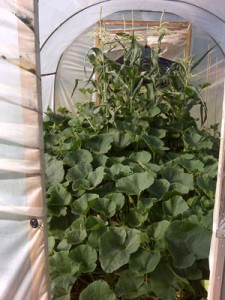Back in July I was filmed communing with my broad beans and runner beans for the next series of The Great British Food Revival. I have just been told that my modest cameo part can be seen at 7pm on Tuesday 6th November at 7pm on BBC2.
But to more prosaic matters. Today I have been enjoying working in the warmth of my polytunnels transplanting Winter Gem lettuce and two brassicas, All The Year round cauliflower and Delaway, a delicious open hearted cabbage that I first got from the HSL at Garden Organic, but now grow from my own seed. I have had a few problems with mice eating onion sets and have had mixed success trapping them. The wooden little nipper is really no good because the wood swells enough to stop the traps from closing. I have some palstic ones which are better and it is official, mice prefer peanut butter to chocolate. They go to the peanut traps before the chocolate ones! I have ordered a new type of trap and will post result!
I have been having a few problems with my leeks because many have started to bolt. It’s a bore, but I am still able to use them for soup, once the tough central flower spike is removed. Tomatoes continue to ripen. I am often asked about the merits or otherwise of removing the leaves as the fruits ripen. I only start to remove any leaves once the lower ones have started to fade and only then will I take off leaves up to the highest ripening truss. A good test of whether a leaf should be removed is to see if when you bend it upwards it snaps off. If it doesn’t then I leave it. the danger of removing too many leaves is that the plants struggle to photo-synthesis effectively. The best way to encourage ripening is to leave a couple of ripe bananas amongst the plants. The methane given off by the decaying bananas aids ripening.
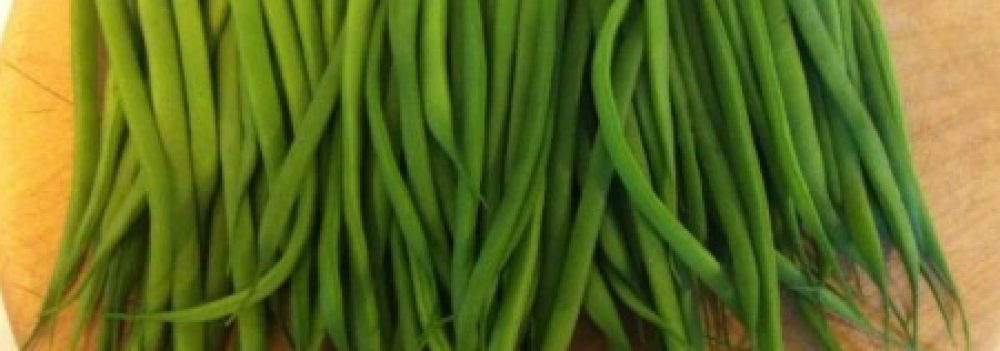
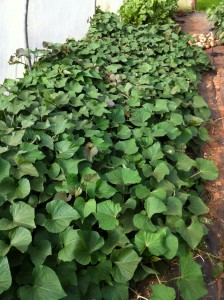
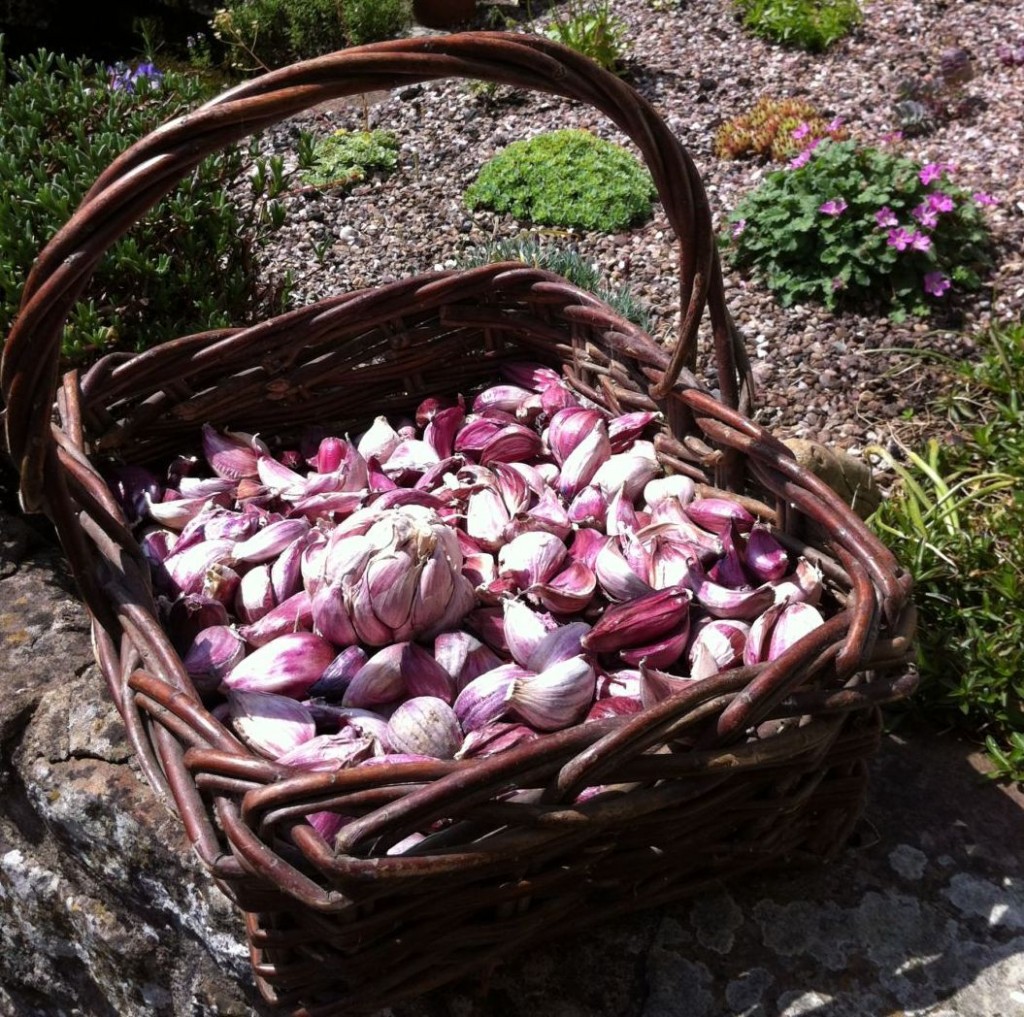
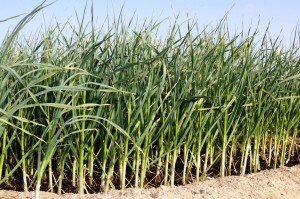
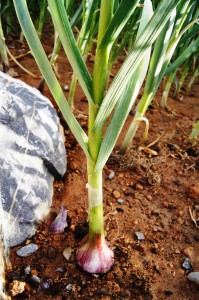
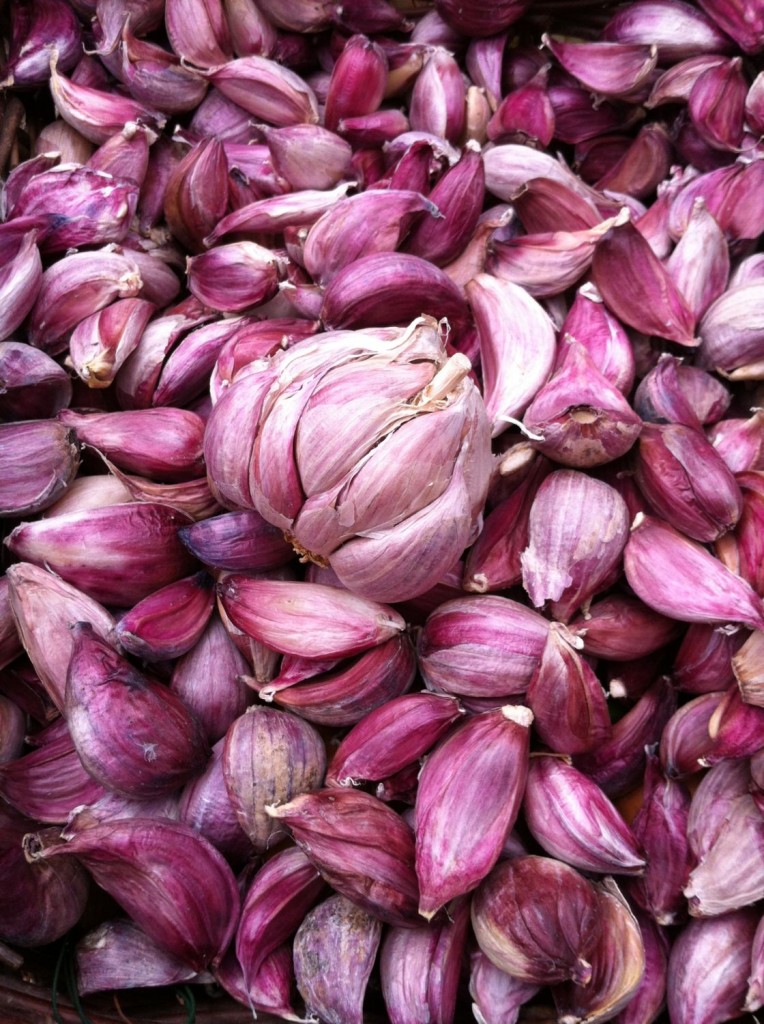
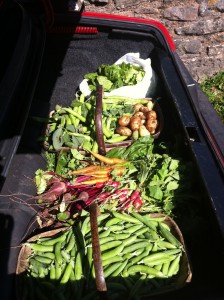
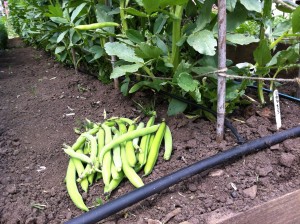
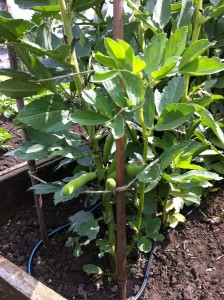
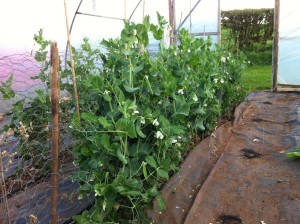
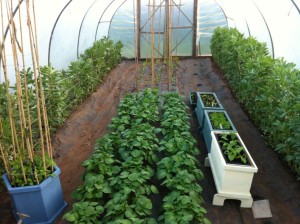
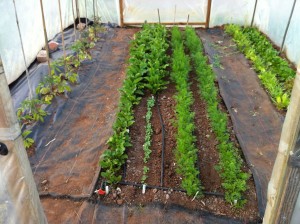
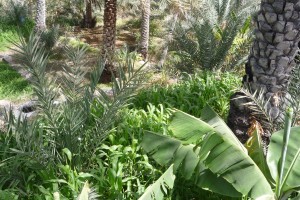
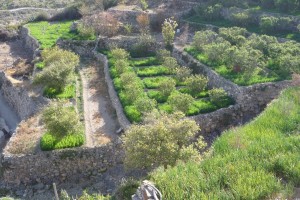
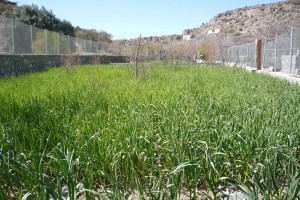
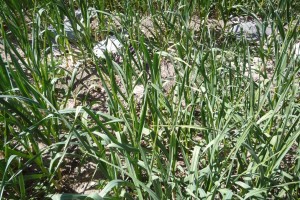
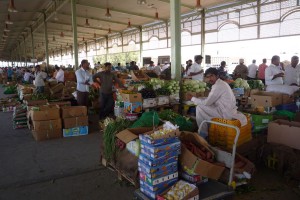
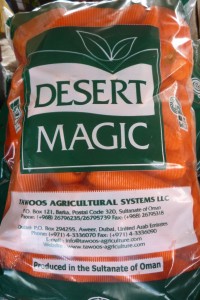
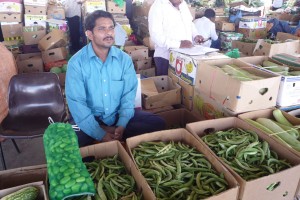
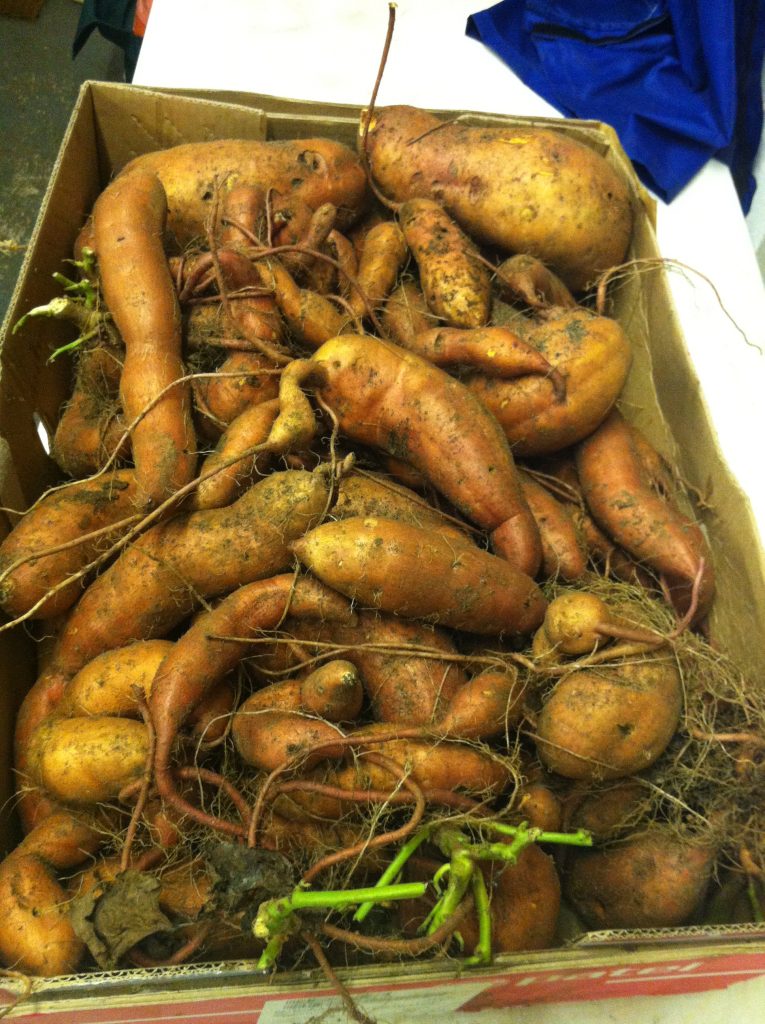
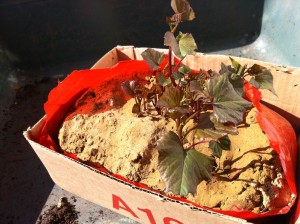
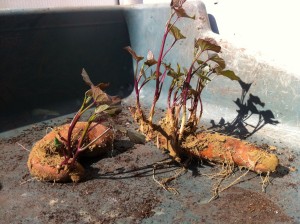
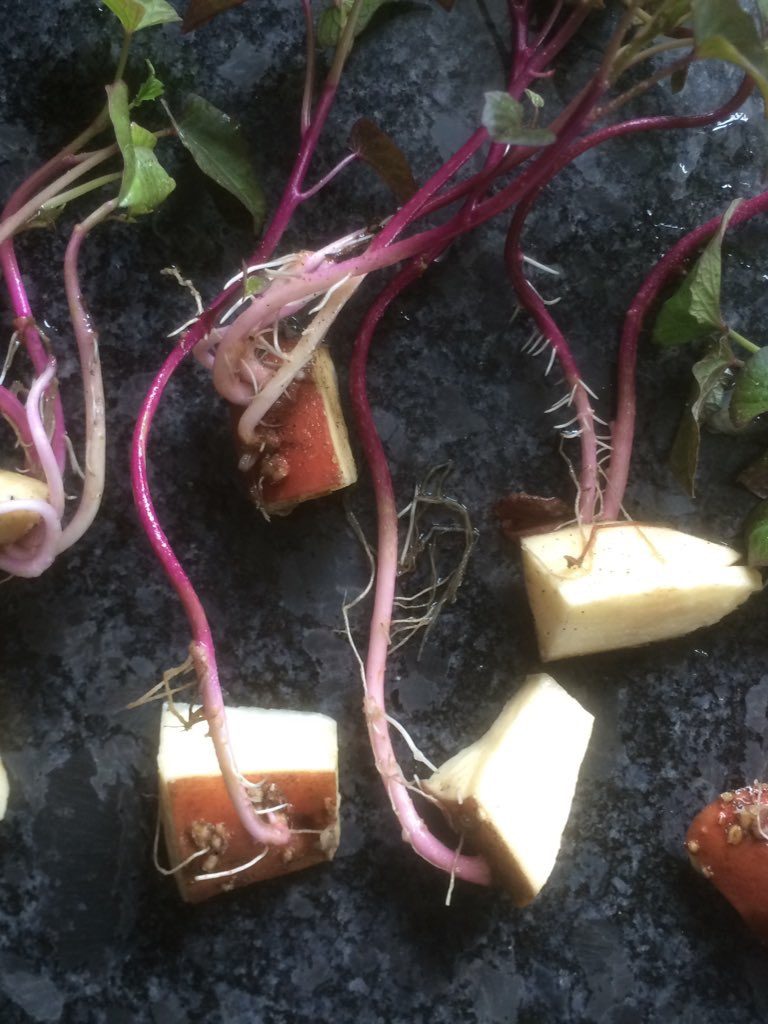 By mid April the plants are ready to grow on in my greenhouse where they should stay until mid May when I plant them through polythene in a polytunnel about 30 cms. apart.
By mid April the plants are ready to grow on in my greenhouse where they should stay until mid May when I plant them through polythene in a polytunnel about 30 cms. apart. 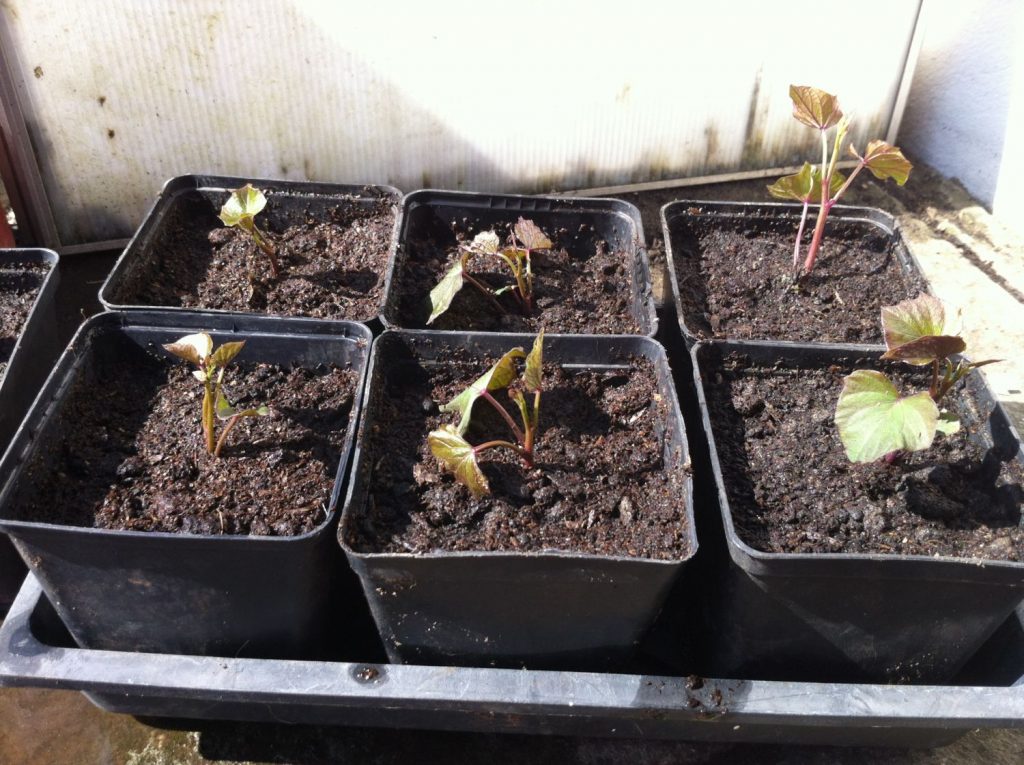
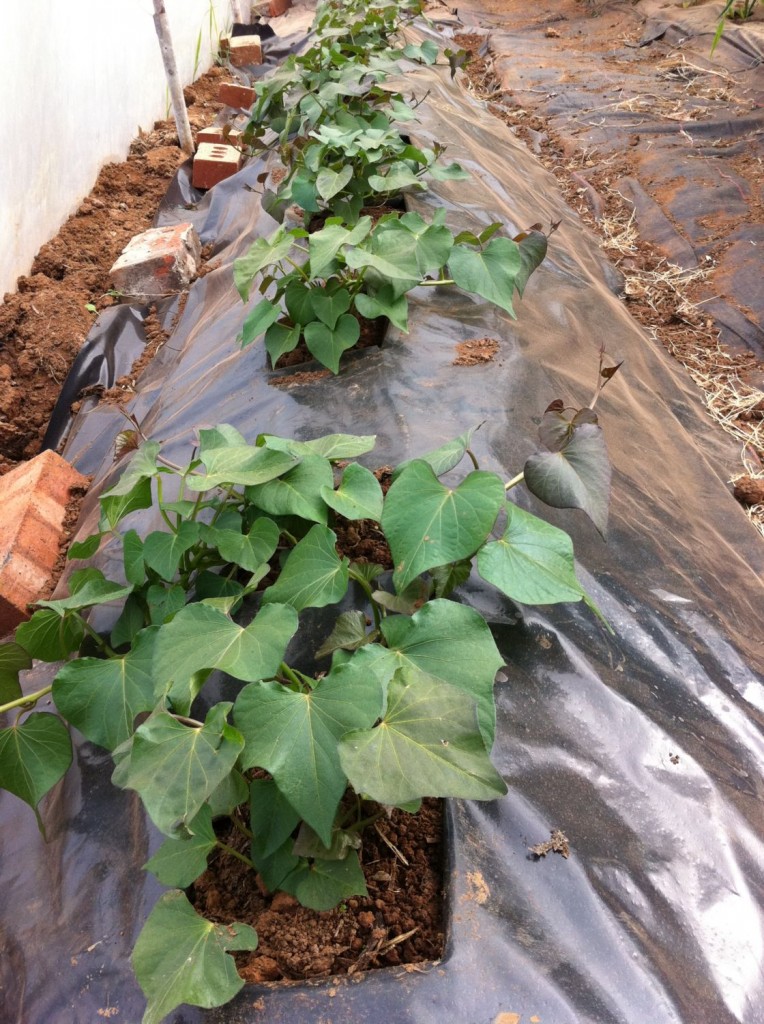
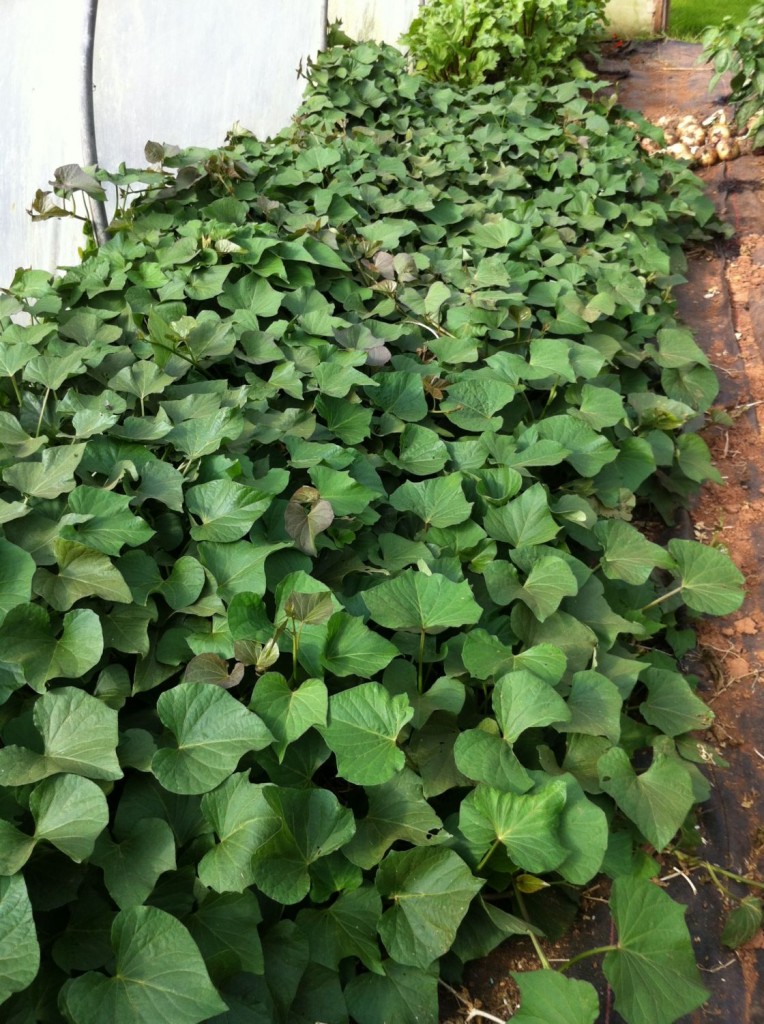 I have also grown them in a cloche with good results.
I have also grown them in a cloche with good results.